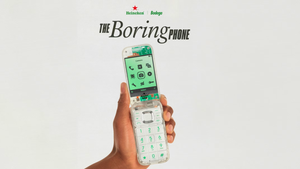RDK Management President Jason Briggs talks priorities for the Reference Design Kit, how smart TVs are entering the RDK picture and why it makes sense to extend support to fixed wireless access devices.
RDK Management President Jason Briggs talks priorities for the Reference Design Kit, how smart TVs are entering the RDK picture and why it makes sense to extend support to fixed wireless access devices.
About the Author(s)
Subscribe and receive the latest news from the industry.
Join 62,000+ members. Yes it's completely free.
You May Also Like










